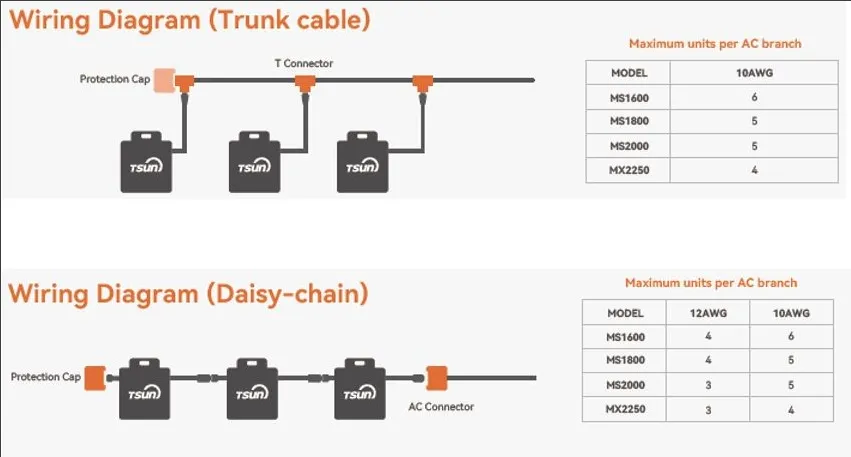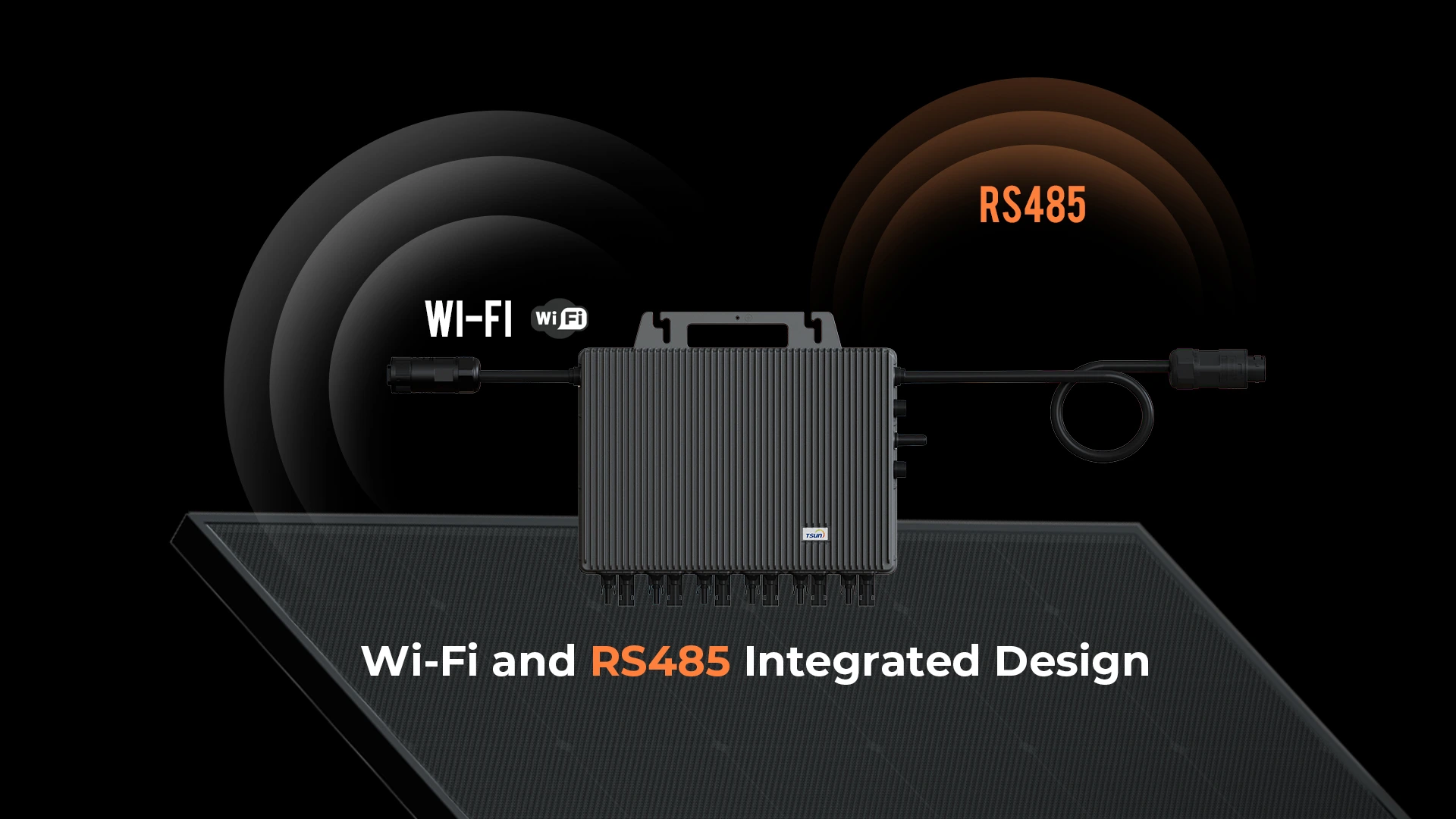In the evolving landscape of solar energy systems, the debate between microinverters and string inverters continues to hold significant attention among both homeowners and industry professionals. As energy needs intensify and tech advancements unfold, understanding the differences between microinverters and string inverters is crucial for making an informed decision.

Microinverters have revolutionized solar power systems by offering a significant level of efficiency and reliability. They work by converting direct current (DC) produced by a single solar panel into alternating current (AC) directly at the panel site. This distributed setup provides some distinct advantages. Each panel operates independently, ensuring that a shadow or debris on one panel doesn't affect the performance of the others. This feature becomes particularly beneficial in areas where panels may experience partial shading throughout the day. Additionally, microinverters tend to show superior performance in complex installations, such as on roofs with multiple angles or orientations.
In terms of expertise,
microinverters provide a long-term performance edge by enabling panel-level monitoring. This means users can keep track of the output from each panel individually, allowing for prompt troubleshooting and maintenance. From a technical perspective, this capability aids in optimizing energy harvest and reducing system downtime. However, potential buyers should also weigh that microinverters have a higher upfront cost compared to their string counterparts. This factor might be worth considering if budget constraints are a primary concern.

String inverters, being the more traditional option, convert DC to AC from a series, or string, of solar panels all at once. Although this method proves quite effective in scenarios where environmental conditions are consistent across the entire array, it means that shading on one panel could diminish the energy production of the entire string. For installations with minimal shading and optimal panel orientation, string inverters can offer a solid balance of efficiency and cost-effectiveness. Their centralized system design simplifies installation and maintenance, often leading to reduced initial costs.
microinverters vs string
String inverters have a track record of durability and lifespan, often outliving their microinverter counterparts. This makes them attractive for large-scale installations where straightforward, cost-effective solutions are prioritized. However, they lack the granularity of panel-level monitoring without additional third-party add-ons. This might not be problematic for every user, but for those prioritizing detailed insight into system performance, it becomes a consideration.
From an authoritativeness perspective, industry experts recognize that both inverters have their place in the market, each suited to specific scenarios and user preferences. It is crucial to conduct a site assessment to determine shading patterns and roof orientations before deciding on an inverter type. Professional installation recommendations often suggest microinverters for residential settings with varied shading and string inverters for long uniform rows of panels with consistent exposure to sunlight.
Trustworthiness plays a pivotal role in selecting a solar power system. Reputable manufacturers of both microinverters and string inverters offer extensive warranties and customer support services. Ensuring that your choice comes with adequate warranty periods - typically 20-25 years for microinverters and around 10 years for string inverters - can safeguard your investment and enhance your peace of mind.
In conclusion, assessing the choice between microinverters and string inverters requires careful consideration of installation conditions, budget constraints, system monitoring preferences, and long-term reliability. While microinverters offer superior performance in shadow-prone and complex installations, string inverters provide an efficient, cost-effective solution in consistent sunlight conditions. Leveraging professional assessments and reputable manufacturer options can guide you in selecting the system that best aligns with your specific energy needs and site characteristics.
 LEARN DETAILS
LEARN DETAILS



